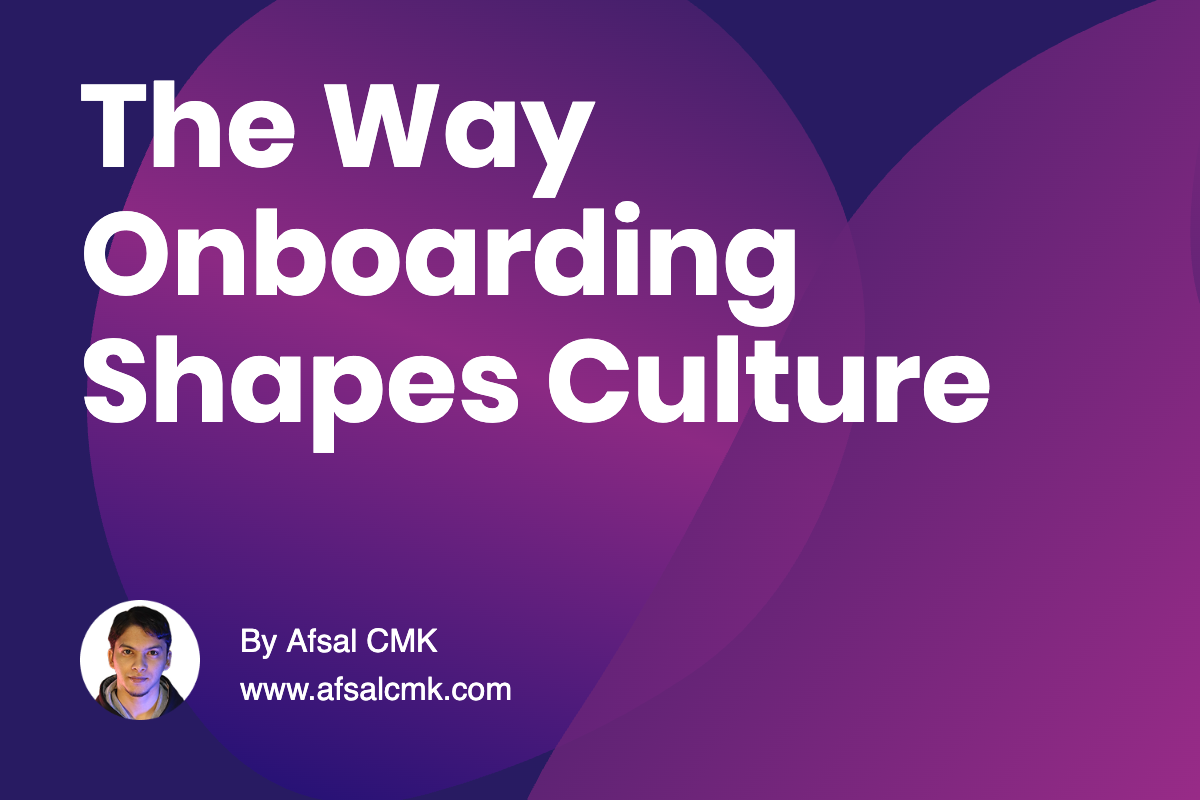
The Way Onboarding Shapes Culture
I once joined a design team where my first week felt like detective work. There were scattered files, half-documented processes, and no real introduction to how decisions were made. The team was talented, but everyone assumed someone else would help the newcomer settle in. It wasn’t intentional-just a gap that no one owned. That experience changed how I think about leadership.
Leaders often focus heavily on hiring the right talent, but onboarding is where that talent actually takes root. A smooth onboarding process isn’t about formal training alone-it’s about helping new members understand the team’s rhythm, its values, and how work really gets done. It’s how you move someone from “joining the team” to “belonging here.”
When onboarding is well-led, it feels less like orientation and more like guided immersion. New designers learn why certain choices were made, not just how to use the tools. They start seeing the product through the same lens as the team. That shared context builds confidence and reduces the silent friction that slows new members down.
As a leader, your role is to make that first experience intentional. Assign a mentor. Walk them through design files. Share past challenges, wins, and the reasoning behind key decisions. More importantly, create a space where they can ask questions freely. The faster they find clarity, the faster they can contribute meaningfully.
A thoughtful onboarding process is one of the quietest indicators of strong leadership. It shows that you value not just output, but integration. Teams that onboard well don’t just grow in size-they grow in coherence. And that coherence, over time, becomes one of their biggest advantages.